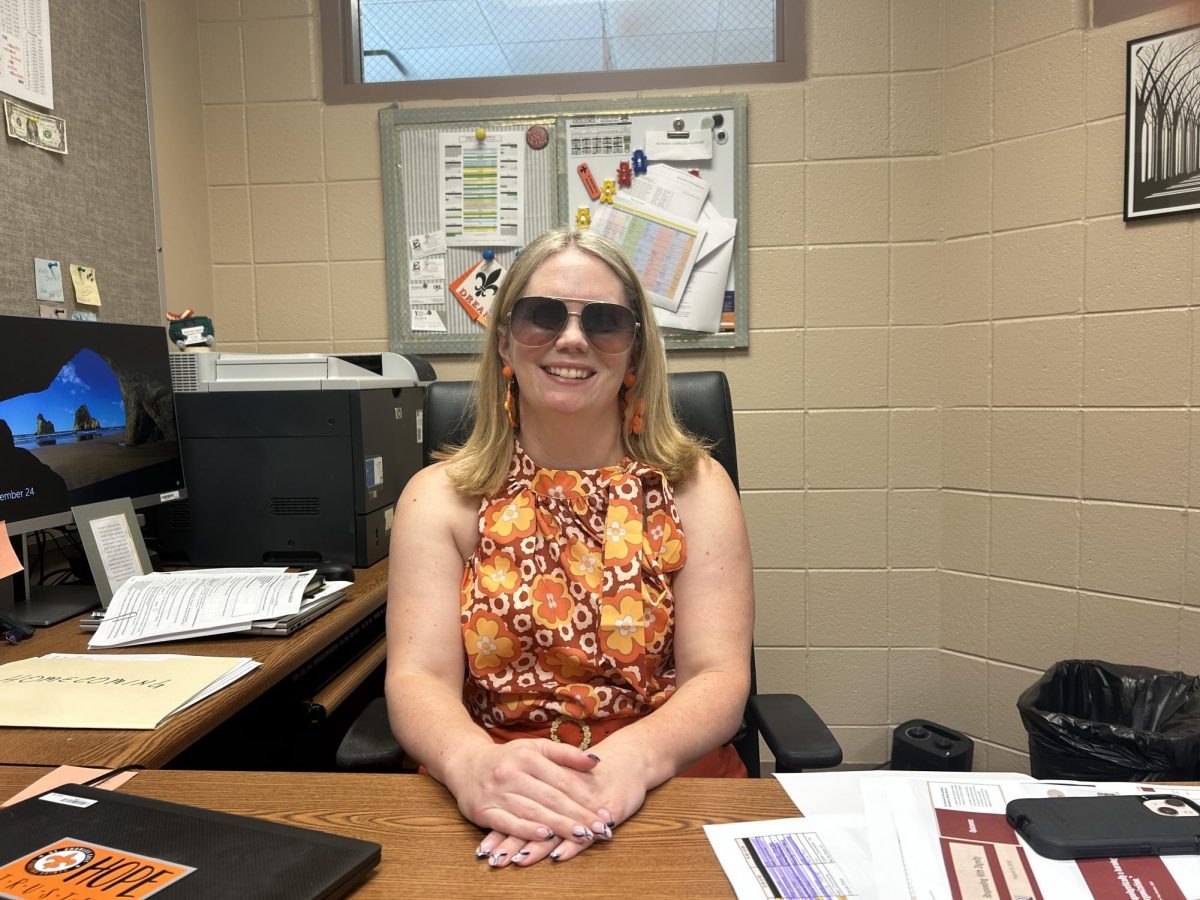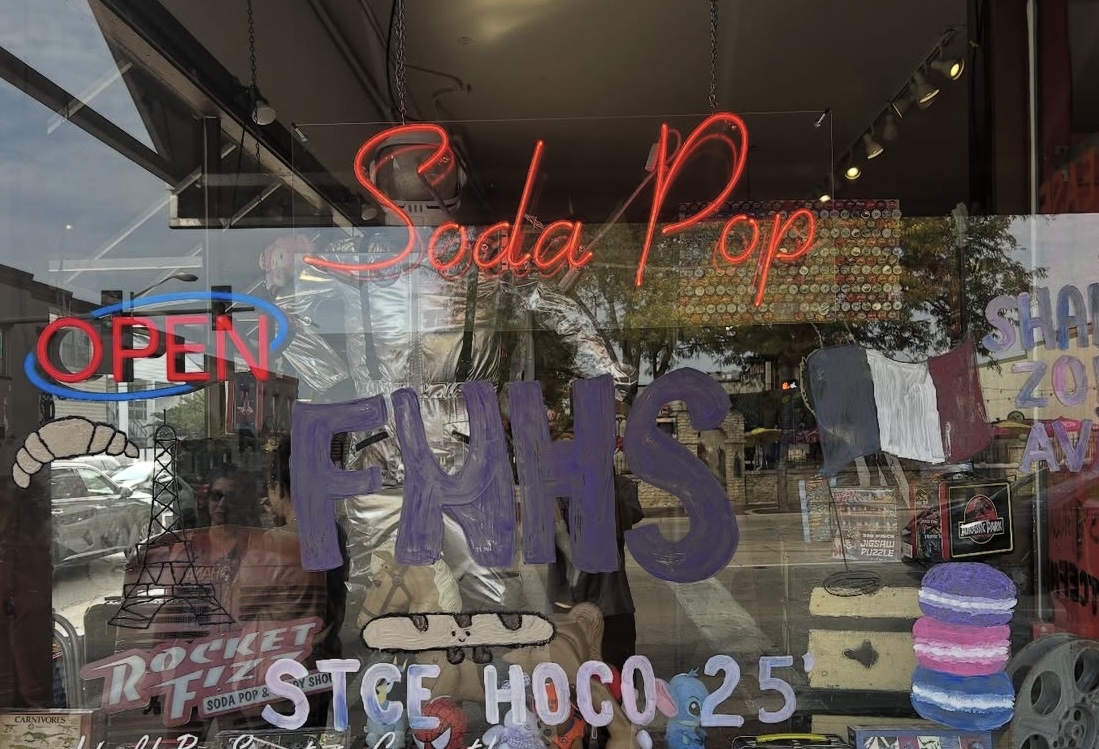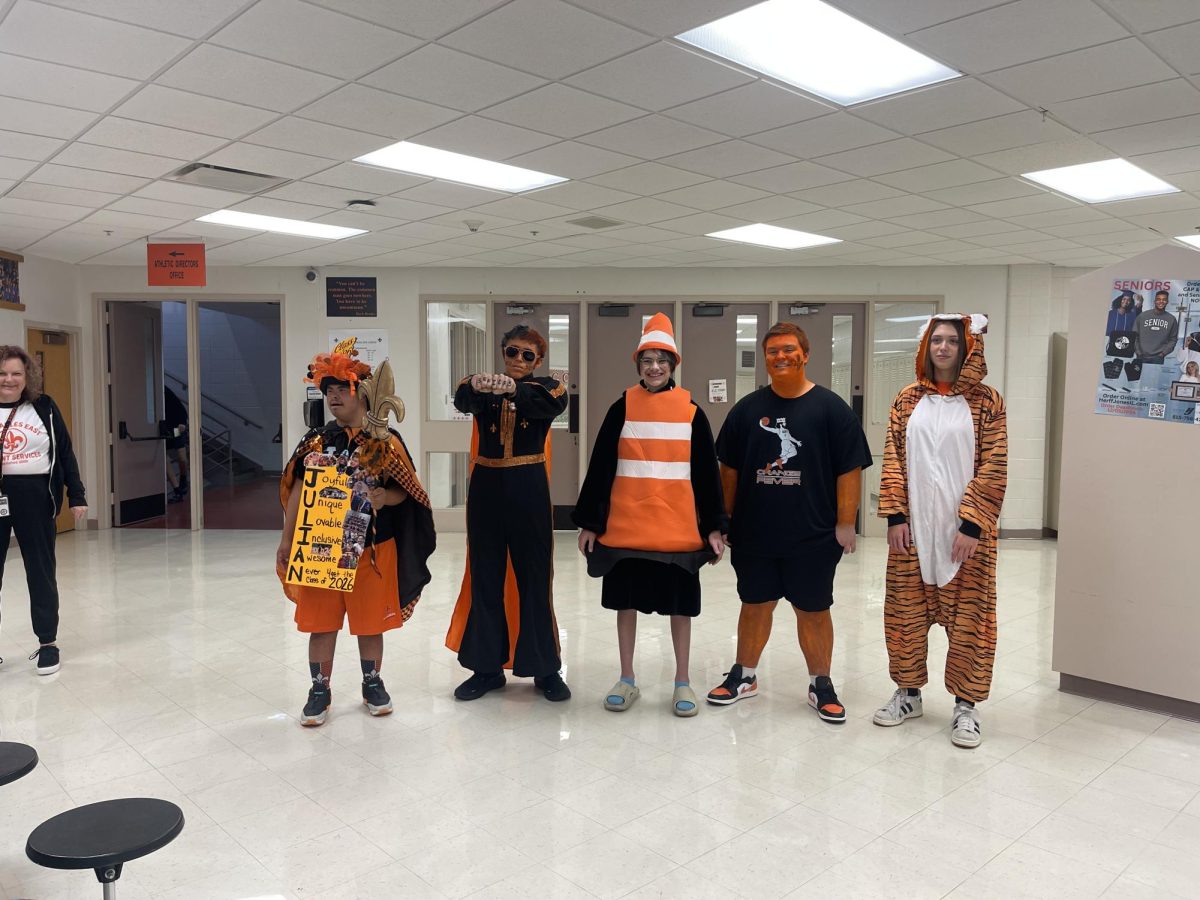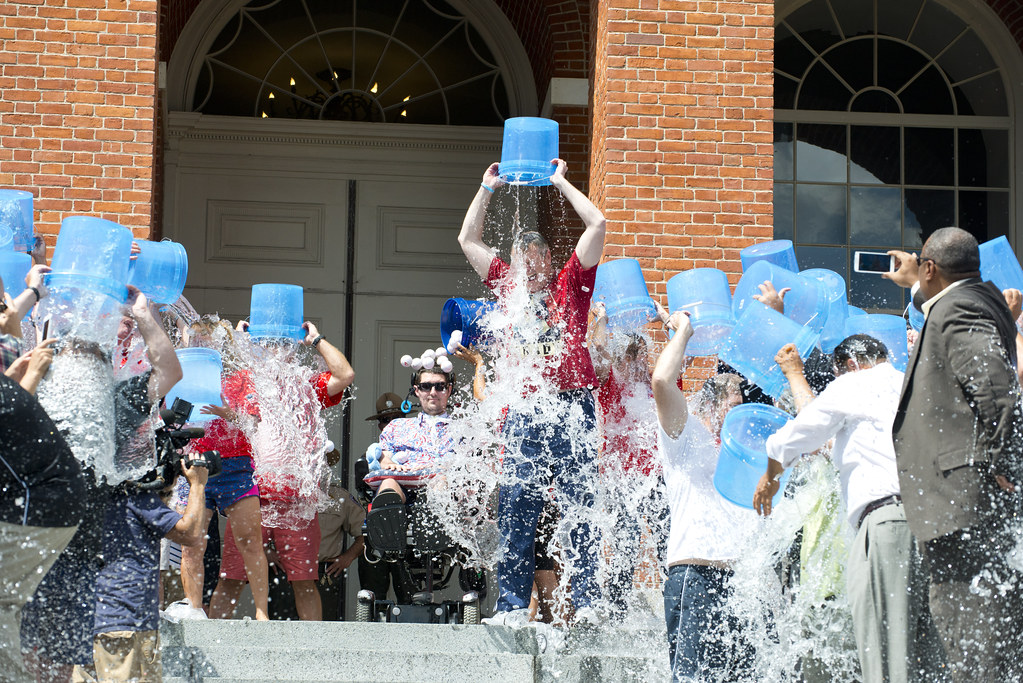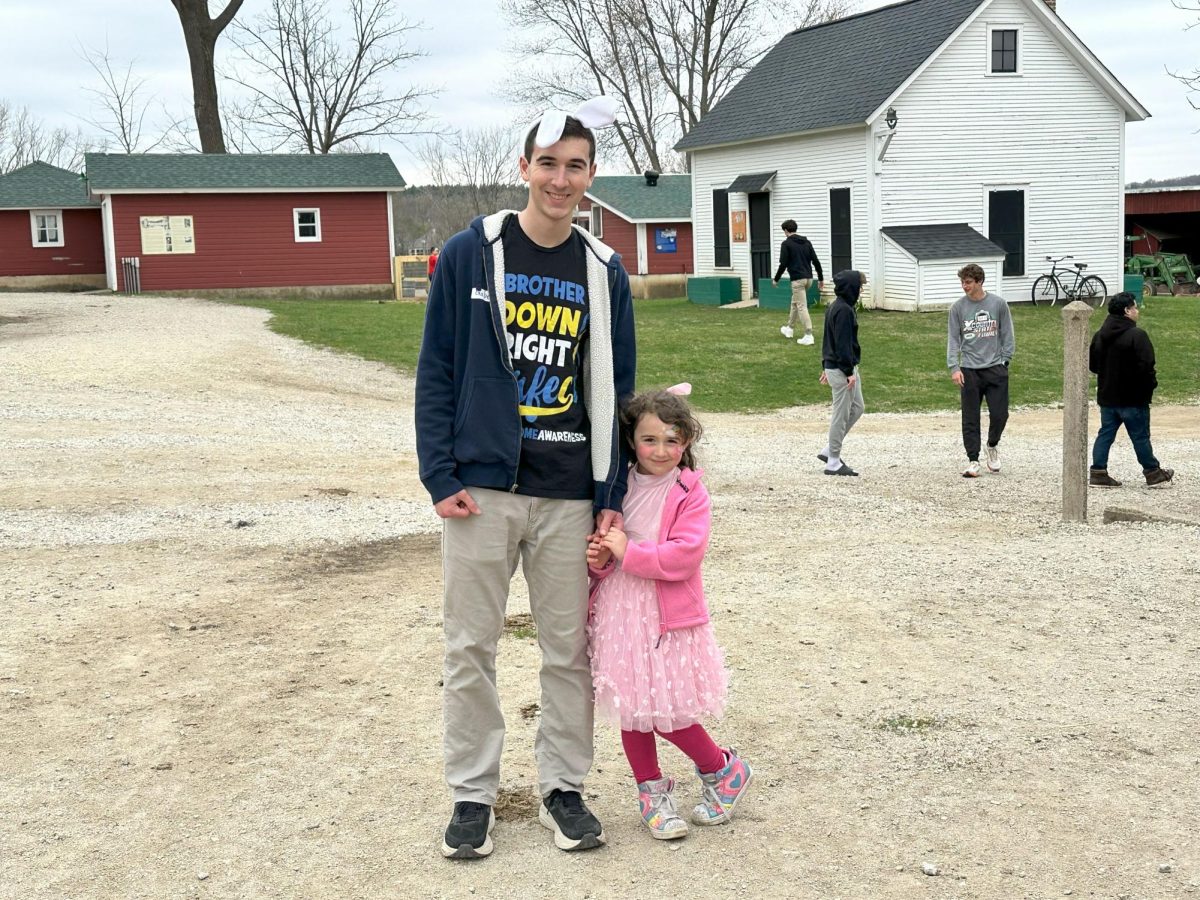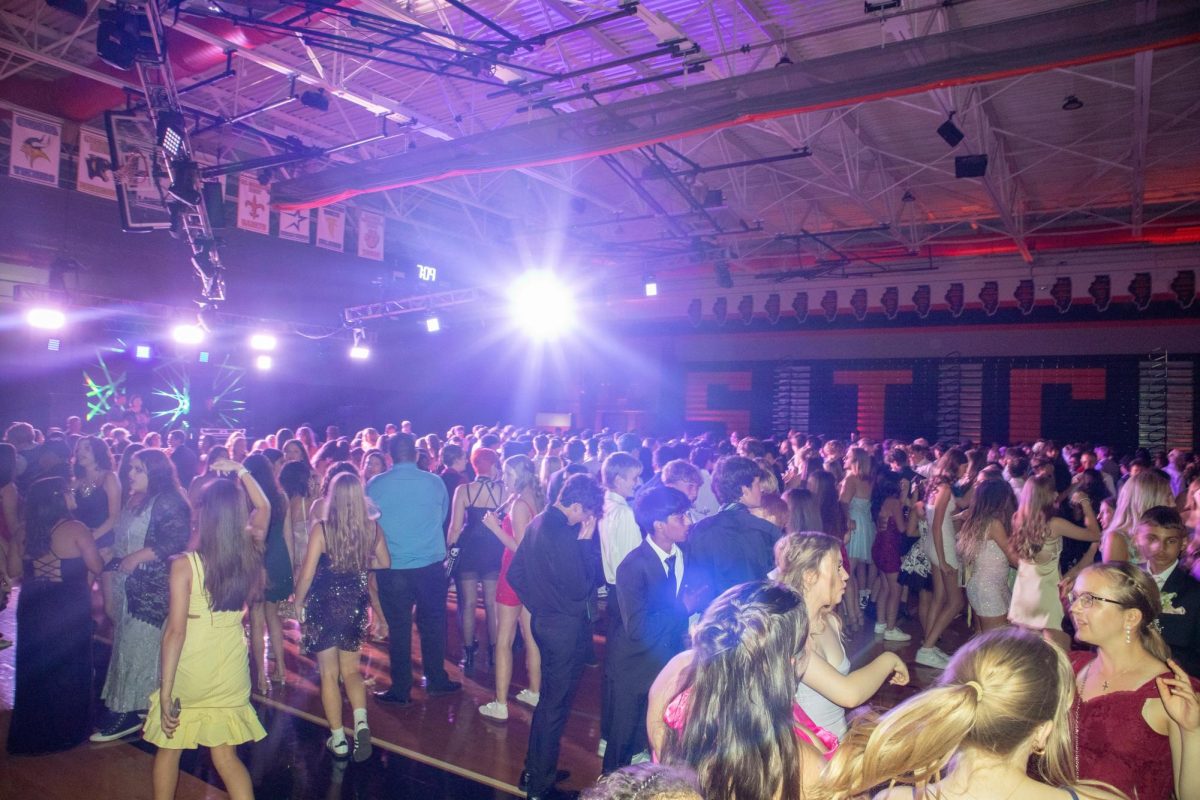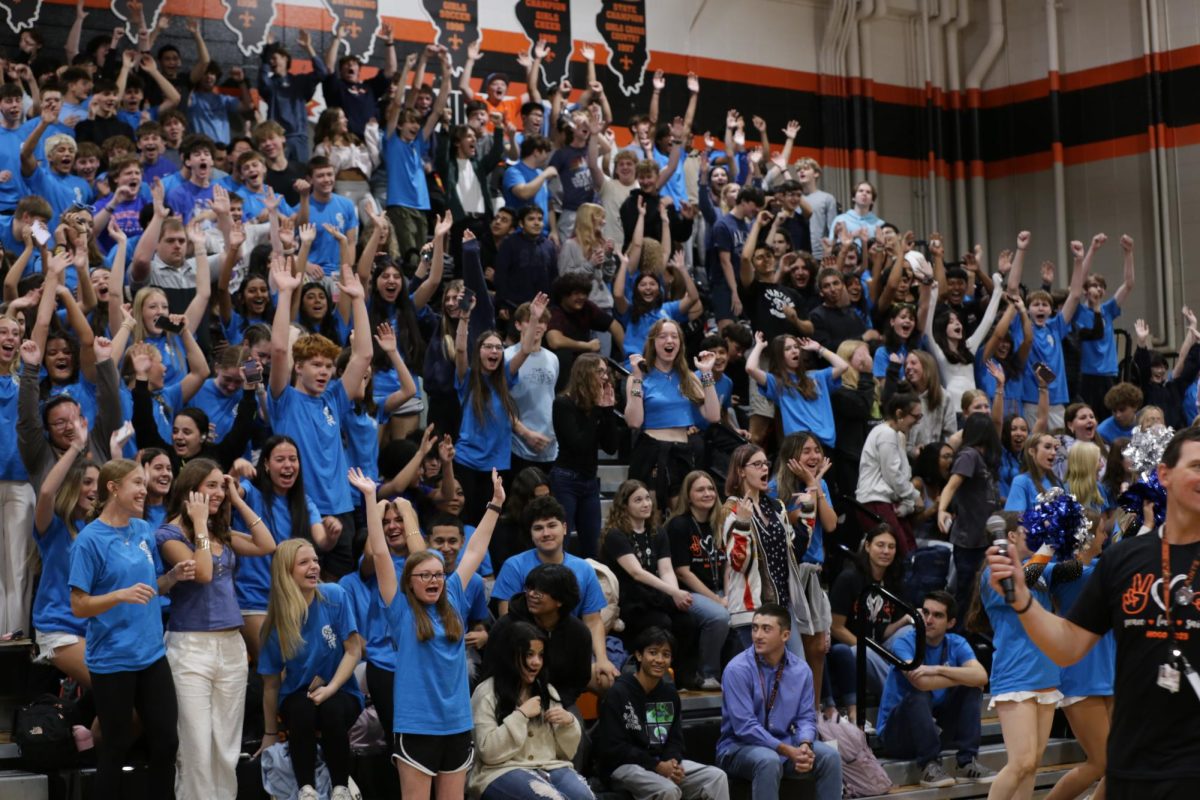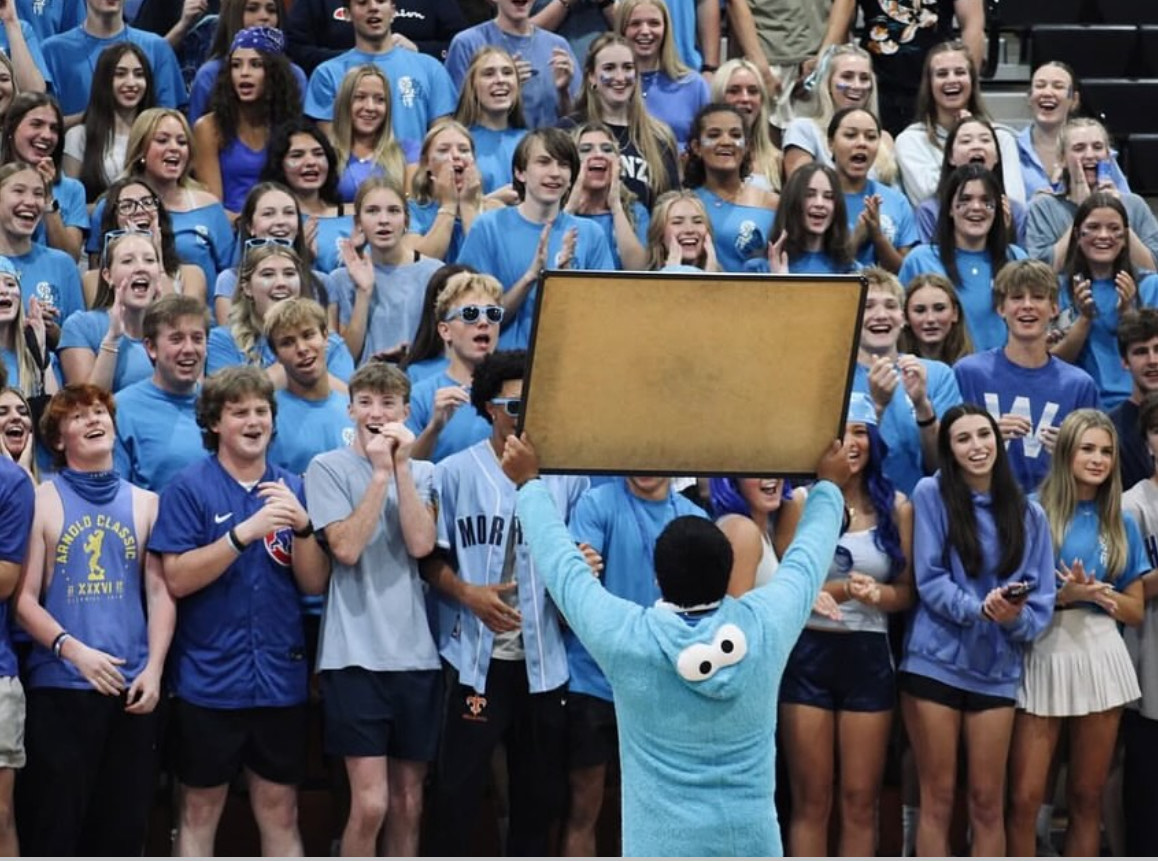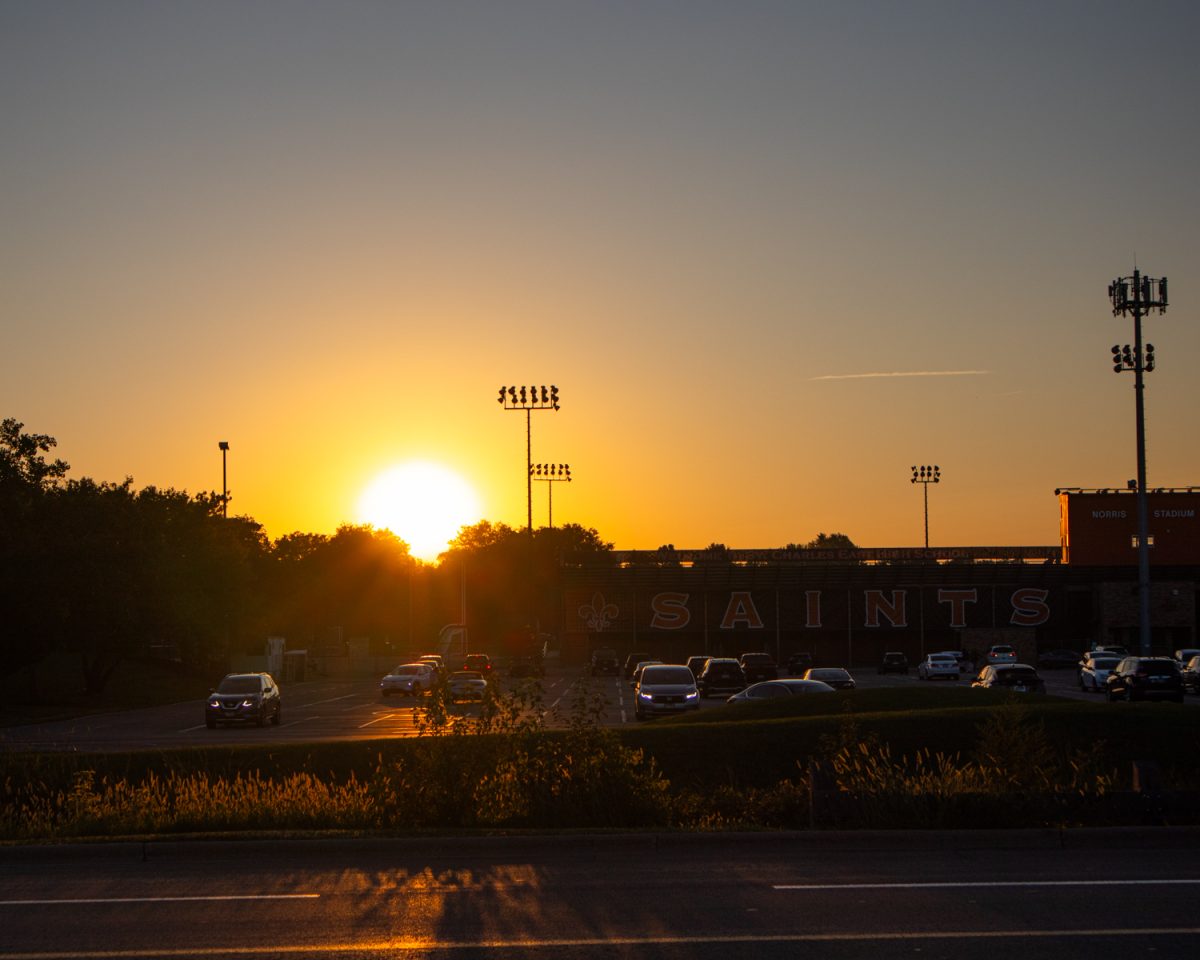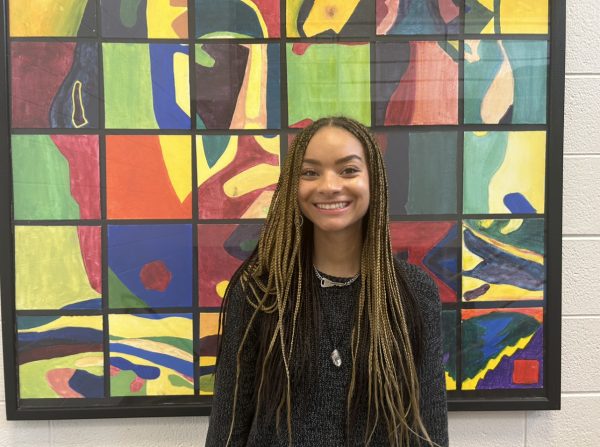In America, many aspects of life have changed to fit the new reality of life during a global pandemic. Americans continue to observe the changes from COVID-19 in their daily lives. The virus has changed the way they work, attend school, and even interact with their families. This year, the way in which Americans celebrate Halloween will also call for some modifications.
It is impossible to know for sure how this year’s Halloween celebrations will unfold across the nation. The Illinois Department of Public Health (IDPH), however, recently issued guidelines that offer some insight into how this year’s Halloween festivities may play out in Illinois.
In these guidelines, the IDPH explains ways in which traditional Halloween festivities can be incorporated into the day more safely. However, the IDPH establishes that the safest way to celebrate Halloween this year will be at home.
As a part of these guidelines, attending large Halloween gatherings or parties is strongly discouraged. Both the IDPH and Centers for Disease Control (CDC) consider these activities to be high risk.
In a recent interview, Chris Brooke, a professor of microbiology at the University of Illinois at Urbana-Champaign’s School of MCB (Molecular and Cellular Biology), said “Any situation that brings you in close contact with large numbers of people that are talking and not wearing masks puts you at risk for infection. This virus spreads via the respiratory route, meaning that we get infected by breathing in the microscopic droplets of fluid that are released into the air when people are coughing, talking, or even just breathing.”
In order to reduce these risks, Brooke recommends “gathering outdoors (where respiratory droplets aren’t able to hang around in the air), wearing masks, and keeping the density of gatherings low…”
Interacting with anyone outside of your home this Halloween will increase the likelihood that you come into contact with COVID-19. While the risks of having a small gathering with a few friends are lower than the risks of attending a large gathering such as a party, Brooke wants to remind us that such risks are “still real.”
Similar to large indoor gatherings are haunted houses, which are currently not permitted in Illinois at this time under the state’s Phase 4 restoration guidelines. Haunted houses are particularly a concern this year due to their enclosed nature and presence of screaming, which increases the risk for virus transmission. In spite of these risks, some Chicagoland haunted houses are still choosing to operate.
If you were looking forward to attending a haunted house this Halloween, the IDPH offers some alternatives to be considered, such as “open-air, one-way haunted forests or haunted walks where social distancing of 6 feet or greater and appropriate masking is enforced.”
Of course, the IDPH’s guidelines also address the popular tradition of trick-or-treating in America. The guidelines state that while trick-or-treating, proper masks should be worn, social distancing should be maintained, and some form of handwashing should be integrated. The IDPH also advises trick-or-treaters to travel solely with members of their same home.
According to Brooke, there are two main concerns this year with trick-or-treating: coming into contact with large numbers of people, and touching candy that has been handled by others.
In order to reduce the risk of exposure to COVID-19 through contact with large groups, those trick-or-treating should maintain a six foot distance from others at all times and wear masks.
Regarding the concern about candy and shared surfaces like doorknobs, hand washing or sanitizing shortly after coming into contact with these surfaces can be an effective way to minimize the chances of contracting COVID-19.
The guidelines released by the IDPH also provide additional useful Halloween related information, including suggestions for celebrating the holiday at home along with further practices to make this year’s Halloween safer for everyone.
The city of St. Charles has not put any specific Halloween guidelines or restrictions in place. Instead, the city encourages residents to refer to the IDPH’s guidelines and consider their own priorities in order to determine what will be best for them this year.
For teens looking to celebrate this upcoming Halloween, Brooke has some advice: “please take this virus seriously, it is still killing close to 1000 people a day in the U.S. Even if young people are not at great risk for getting seriously ill, you can pass the virus onto other people who are more susceptible due to age or other pre-existing conditions.”
Brooke says that the precautions being taken now are not just to protect the individual, but friends, family, and neighbors as well.
Halloween will, without a doubt, look very different this year. But, judging by the current course of the novel coronavirus, it appears that it may be just one of the many abnormal holidays to come.



